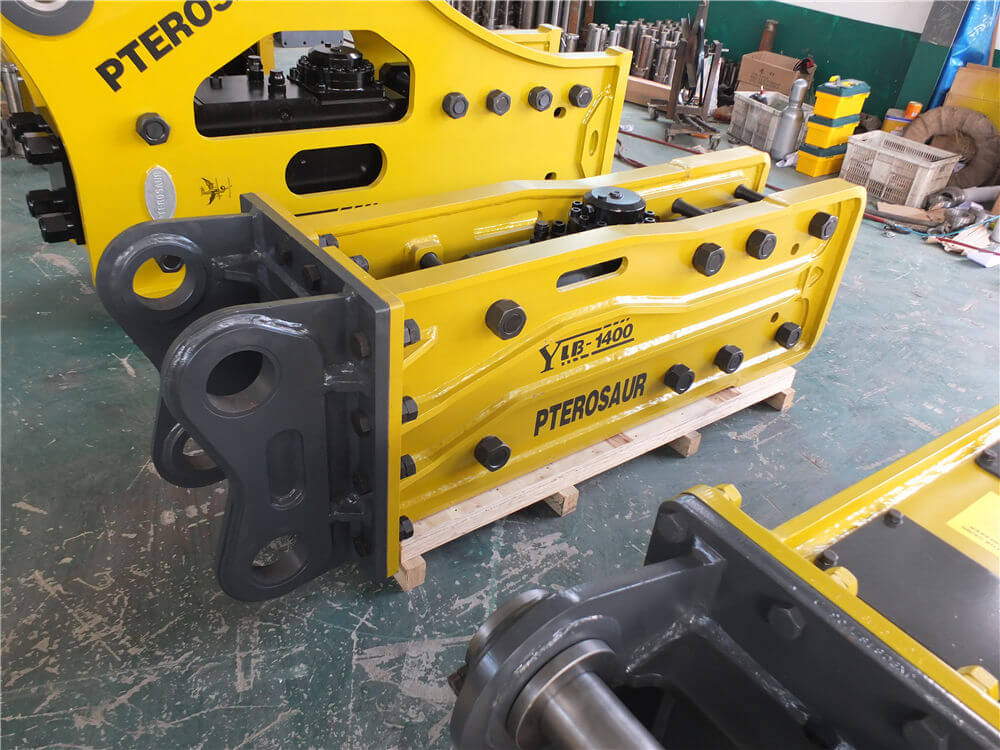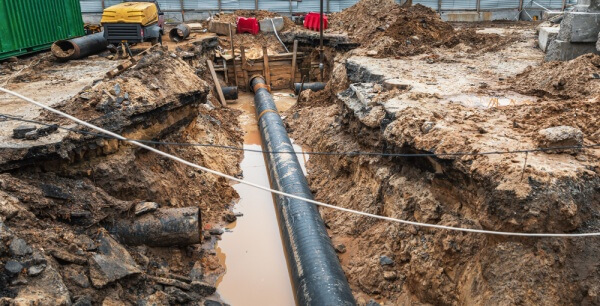Mechanical vs. Hydraulic Brake Calipers: Which is Right for You?
When it comes to bike braking systems, understanding the differences between mechanical and hydraulic brake calipers is crucial for making an informed choice. Both systems offer distinct advantages and disadvantages, making the selection process highly dependent on your specific needs and preferences. In this article, we will delve into the characteristics of each system, their operational mechanisms, and the pros and cons associated with mechanical and hydraulic disc brakes.
Understanding the Basics
Mechanical Brake Calipers
Mechanical brakes utilize a cable system to transmit force from the brake lever to the brake caliper. When the rider pulls the brake lever, the cable pulls the brake pads against the rotor, effectively slowing the bike down. This straightforward design offers several key benefits:
- Ease of Maintenance: Mechanical systems are generally easier to service. If a cable frays or breaks, it can easily be replaced without specialized tools.
- Cost-Effective: Mechanical brakes tend to be more affordable both in initial purchase and maintenance costs.
However, mechanical brakes may struggle to provide the same level of braking power and responsiveness as hydraulic systems, particularly in demanding conditions.
Hydraulic Brake Calipers
Hydraulic brakes, on the other hand, operate using hydraulic fluid to transmit force from the brake lever to the caliper. This system relies on Pascal’s Law, which states that pressure applied to a confined fluid is transmitted equally in all directions. Here are some of the significant advantages of hydraulic brakes:
- Superior Braking Power: Hydraulic systems offer enhanced braking power, allowing cyclists to stop more quickly and effectively. This makes them particularly suitable for downhill riding and other high-speed scenarios.
- Less Prone to Brake Fade: Hydraulic brakes are less likely to experience brake fade due to heat buildup, maintaining consistent performance even during prolonged use.
Despite these advantages, hydraulic systems can be more expensive upfront and may require specialized tools for maintenance, including brake fluid and bleeding kits.
Pros and Cons: A Comparative Overview
Mechanical Disc Brakes
Pros:
– Easier to maintain and repair.
– Generally more affordable.
– Good for casual riding and commuting.
Cons:
– Less powerful braking performance.
– More susceptible to cable stretch, which can affect braking efficiency.
Hydraulic Disc Brakes
Pros:
– Greater stopping power and responsiveness.
– Better heat dissipation, reducing the risk of brake fade.
– More consistent braking performance under various conditions.
Cons:
– Higher initial cost and maintenance expenses.
– More complex repairs requiring expert knowledge.
Making the Right Choice
When deciding between mechanical and hydraulic brake calipers, consider your riding style, frequency, and the types of terrain you will encounter. If you are a casual rider or primarily commuting, mechanical brakes may suffice. However, if you are an avid cyclist who rides in varied conditions, frequently encounters steep descents, or requires high-performance braking, hydraulic brakes are likely the better choice.
Conclusion
In summary, both mechanical and hydraulic brake calipers have their unique advantages and disadvantages. Understanding these differences can help you choose the right braking system for your needs. Whether you prioritize ease of maintenance and cost or seek superior performance and reliability, the choice between mechanical and hydraulic disc brakes ultimately depends on your individual riding requirements and preferences.




































